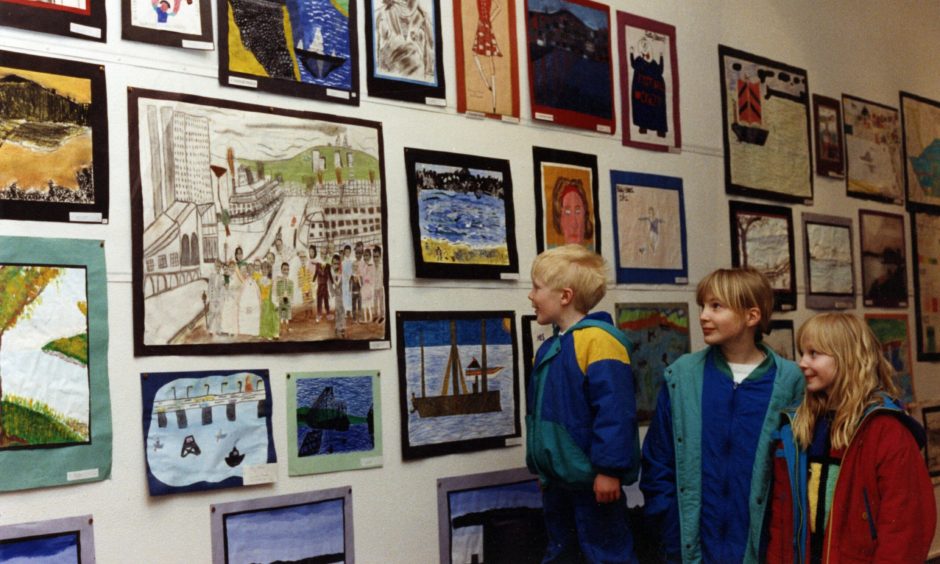
The theme for this week’s pictorial trip down memory lane is Dundee museums and art galleries.
Dundee has always been a great place for art lovers.
They feature art exhibitions from through the years including the 80th birthday event for James McIntosh Patrick in 1987 which broke attendance records.
Enjoy having another browse back through the ages courtesy of The Dundonian, which appears in the Evening Telegraph every Wednesday.
Some of these photographs have not been seen for years.
Orchar Gallery
At 31 Beach Crescent the collection of paintings by former provost of Broughty Ferry, James Orchar, were housed from 1921.
The large house became known as the Orchar Gallery.
Unfortunately, due to an electrical fire, the gallery closed in 1980 with the paintings being moved to The McManus.
The large house is now Orchar Nursing Home.
Dundee Central Museum
Dundee Central Museum (now The McManus) held an open day in May 1978 which gave people the chance to see behind-the-scenes at the place.
There were displays by taxidermists and model makers and the like.
The Strathmore Vintage Vehicle Club brought along some of their automobiles.
McManus storeroom
This picture, taken in January 1979, shows one of the rooms where paintings were stored in The McManus, formerly known as the Albert Institute.
Staff are tasked with keeping the museum’s collection of 150,000 pieces in perfect condition and ready to be showcased to the public at any time.
Normal household chores help a great deal in preserving the historic items.
Spanish Armada
A cannon weighing two tonnes was delivered to The McManus in July 1986.
The cannon was part of the cargo of La Trinidad Valencera, a ship of the Spanish Armada, routed by Drake’s makeshift fleet off the south English coast in 1588.
It arrived as part of a Spanish Armada exhibition – which included 250 artefacts – which was visiting Dundee on loan from its usual home in Belfast.
The majority of the items on show at the exhibition were housed aboard the Unicorn but the siege gun was too heavy and was displayed in The McManus.
Antarctic crossing
Dave Henderson from Dundee’s Barrack Street Museum turned heads on a Skidoo which was part of an Antarctic exhibition opening in February 1987.
The exhibition showed the work of the British Antarctic Survey.
There was a mock-up of a base camp and illustrations of the work of scientists from the beginnings of the survey in 1962 to the present day.
James McIntosh Patrick
The high regard in which Dundonians held artist James McIntosh Patrick was highlighted when his 80th birthday exhibition took place in August 1987.
The show broke all attendance records for an exhibition at the McManus Galleries.
Some 45,000 attended his one-man retrospective exhibition.
The great man himself declared his 1928 painting of Glencoe as his favourite work.
Vintage bus tour
All aboard please…
Passengers get ready to board a vintage bus in August 1987.
The double-decker was taking visitors on a guided tour of the city and took in the docks, the Discovery ship and The McManus.
Dundee in the 1920s
Artist and model maker Joseph Paterson from Dundee in April 1988.
Mr Paterson captured his memories of Dundee in the 1920s in sketches which went on display in an exhibition at McManus Galleries.
There was also a video of Mr Paterson recounting his childhood and a model he made of Taylor’s Lane which was where he grew up.
Japanese exhibition
The “Dundee Welcomes Japan” festival was launched in September 1988.
There was a total of seven exhibitions in the McManus Galleries, Seagate Gallery, the Barrack Street Museum and the Central Library.
The festival started with a display of fireworks on the River Tay.
The Unicorn
Going, going, gone…
Dundee Art Society hosted an auction aboard the Unicorn to raise money for restoration work to stop dry rot at Roseangle Gallery.
The 68 pictures raised £1,400 and the highest bid was £80 for a signed copy of a print by Dundee landscape artist James McIntosh Patrick.
Dundee Art Society
John Handy from Whitfield won a competition held by Dundee Art Society.
The 20-year-old was presented with the Harry Vaughan Award for his detailed pencil drawing of Dundee Harbour which took three months to complete.
“I was very surprised to win it,” he said.
“But I would now like to go on and do more drawings.”
The Miles Tae Dundee
The Miles Tae Dundee exhibition at The McManus was a huge success and visited by 23,000 people during its run between June and August 1990.
The exhibition showed how immigrants have shaped the city’s history.
Scottish Week was followed by programmes focusing on South American, Polish, Italian, Asian and Irish contributions to the city’s life and culture.
Whales and artists
Four-year-old Tom Murray from Dundee at the preview of the exhibition The Whale and the Artist in the Barrack Street Museum in December 1990.
The Dundee ships stalked the waves from 1753 until the outbreak of World War One to kill whales using open boats and a harpoon attached to a heavy rope.
The trade was vital to Dundee, for jobs and industry, with oil used first primarily for lighting and then as a vital component in one of the city’s other major trades, jute.
The exhibition looked at “man’s changing perception of the huge creatures”.
Dundee 800
Euan Taylor brought his bucket along to The McManus in April 1991.
Dundee’s young artists responded enthusiastically to a call to commemorate their home town and the result was the city’s most colourful art exhibition.
Over 600 entries were received for the “Our Dundee” schools art competition.
It was part of the city’s octocentenary celebrations.
Barrack Street Museum
Barrack Street Museum won the Post Office Scottish Museum of the Year award in 1995 which was presented by newsreader Sandy Gall.
The judges singled out Barrack Street for their display, called Head for the Hills, which described the life of the mountains and glens of eastern Scotland through the use of birdcalls and interactive computers.
After the award was announced, Mr Richard Brinklow, keeper of natural history at the museum, said they were delighted to receive it.
Surely he should also have won an award for his magnificent whiskers…
It is the final image in our gallery.
Did they awaken any memories for you?
Let us know.
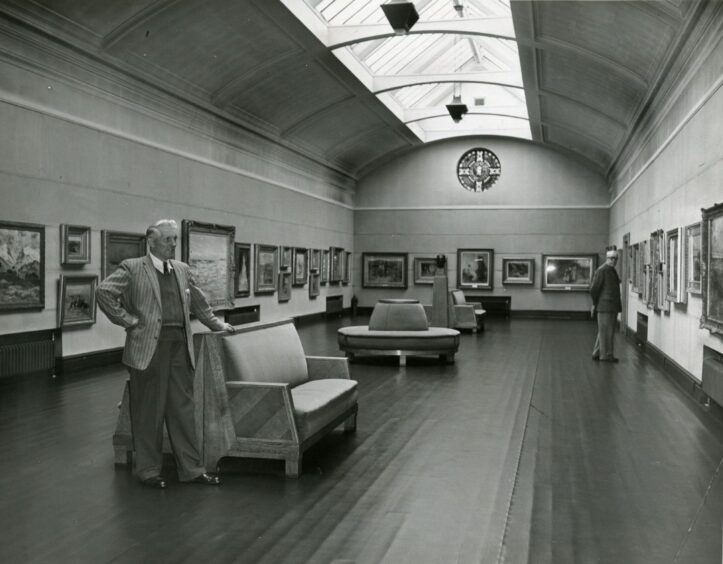
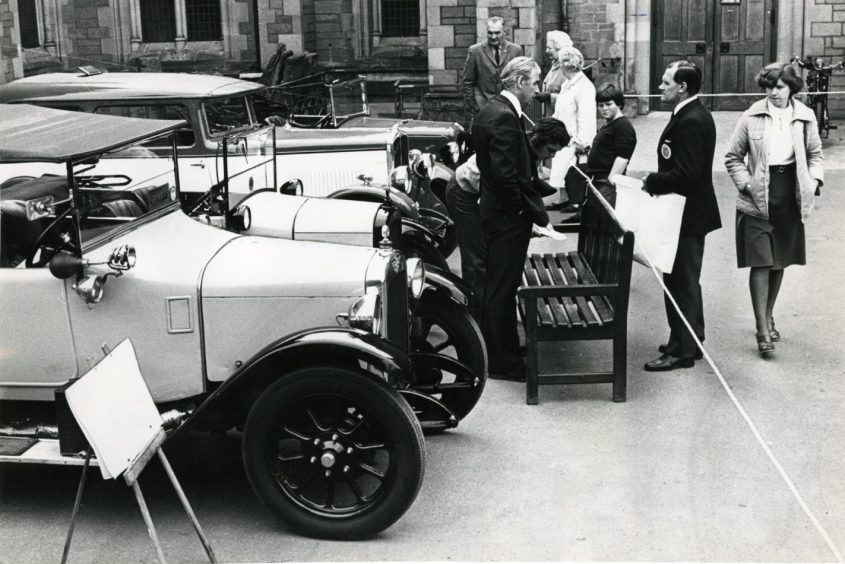
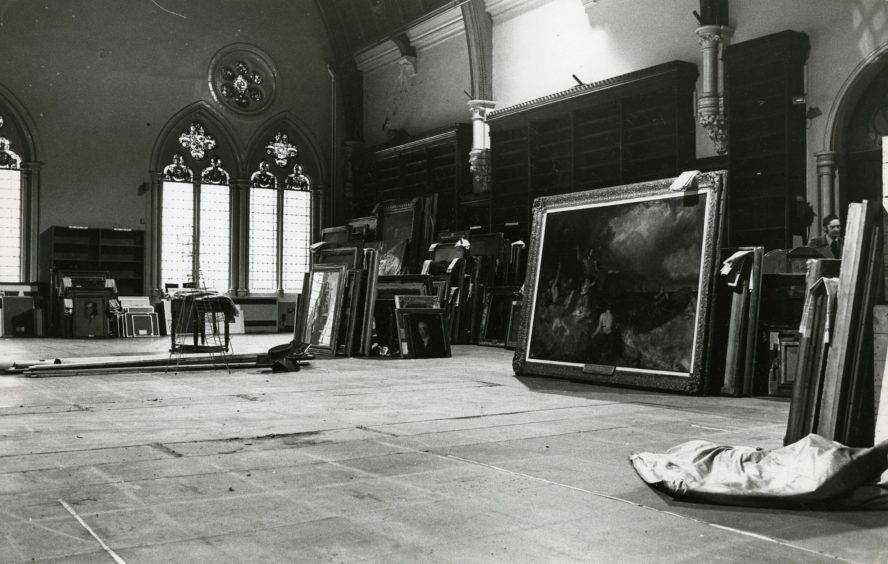
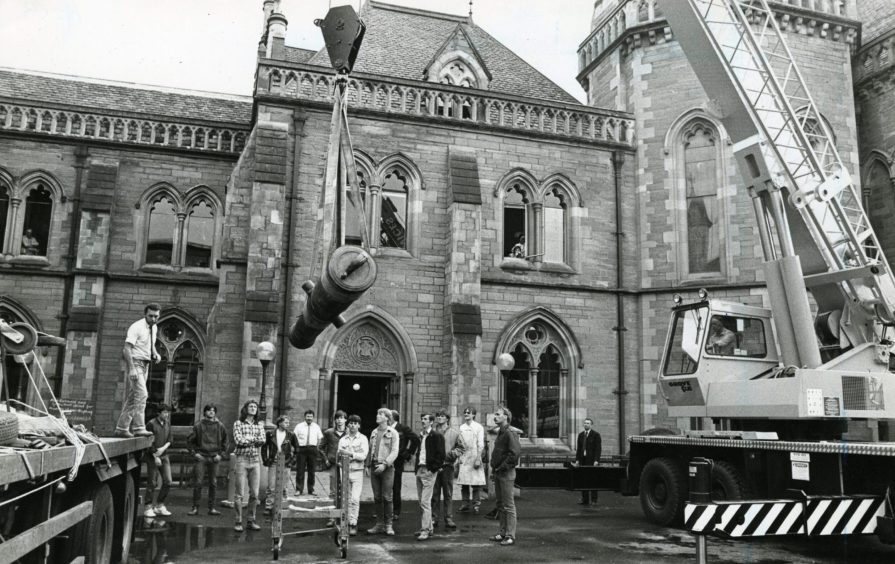

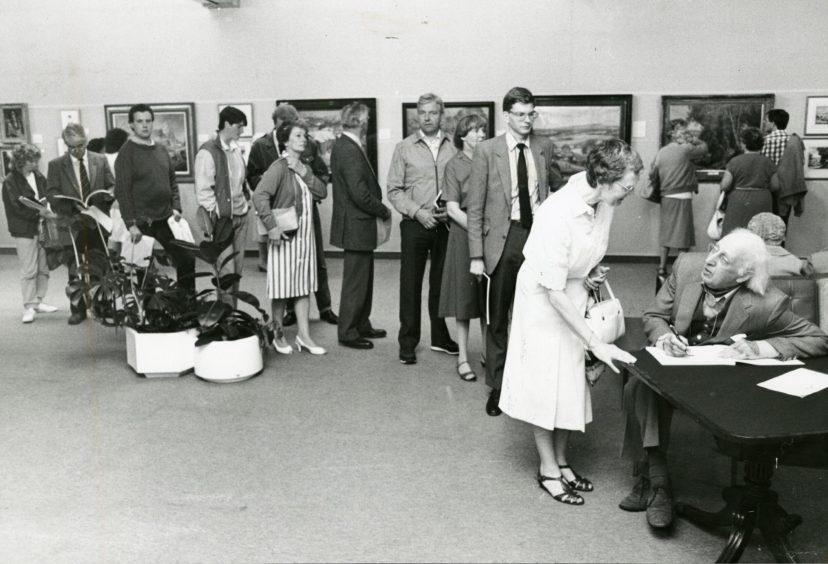
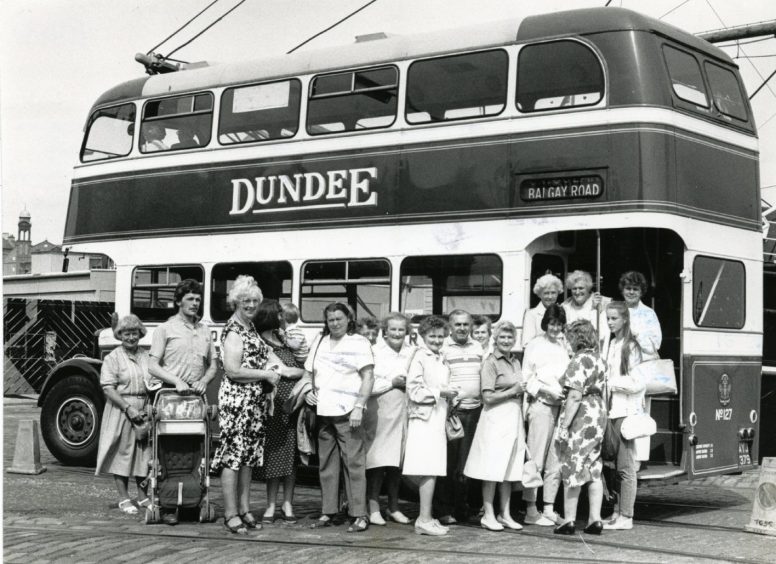
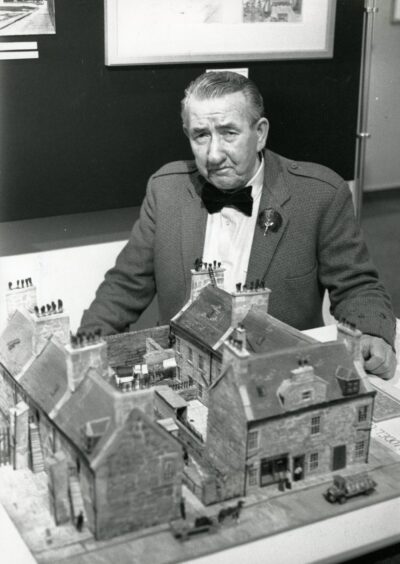
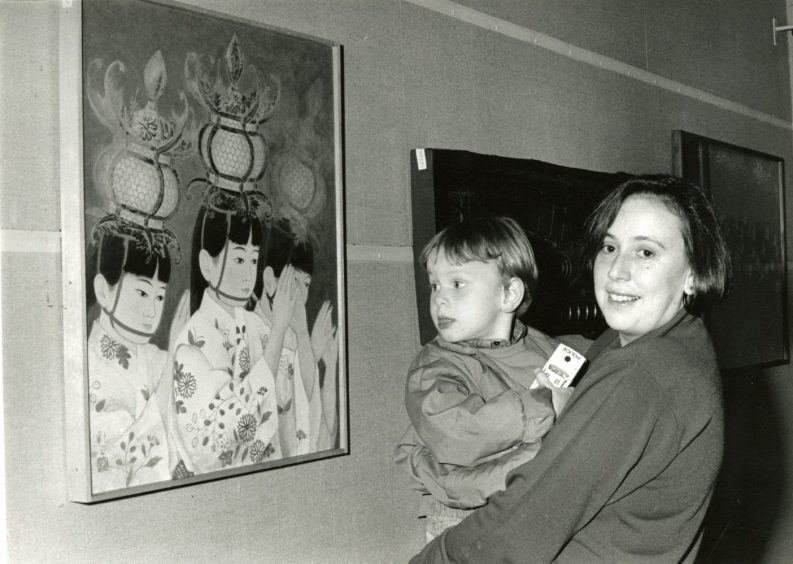
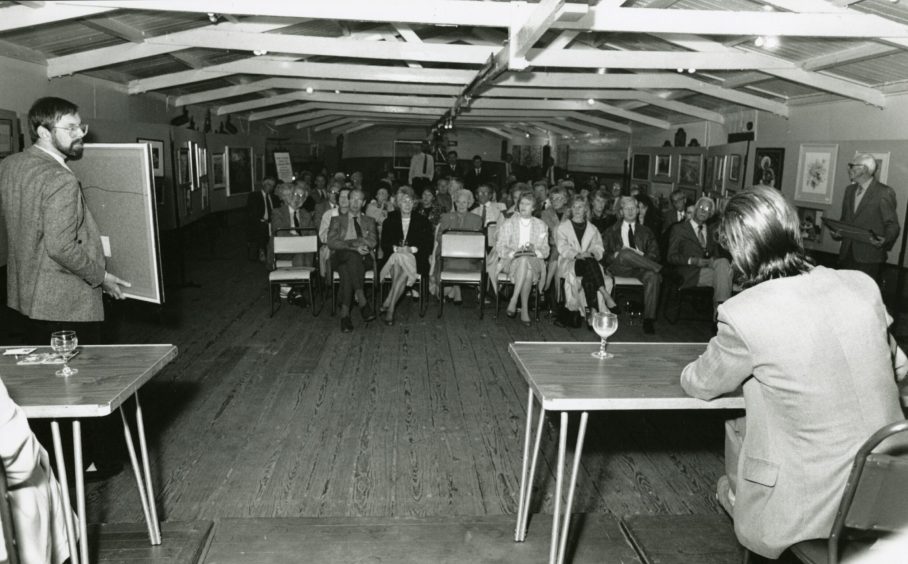
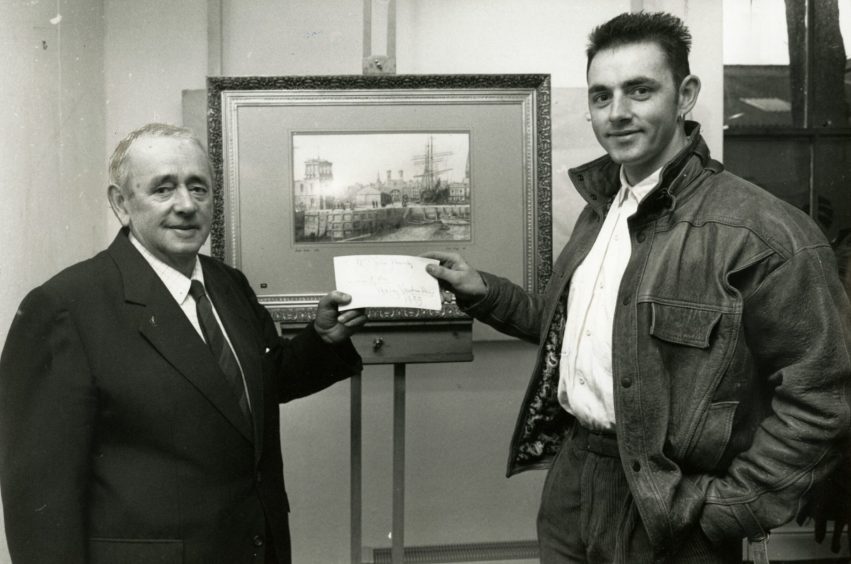
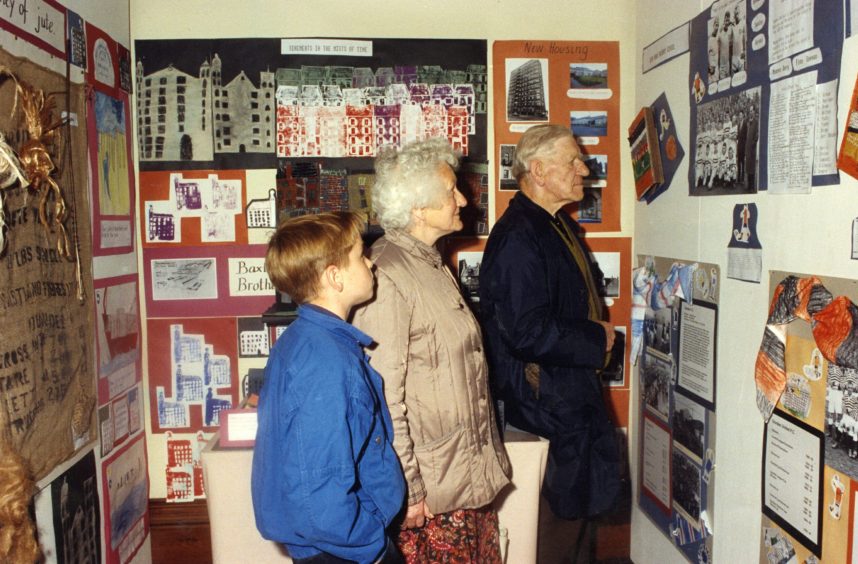
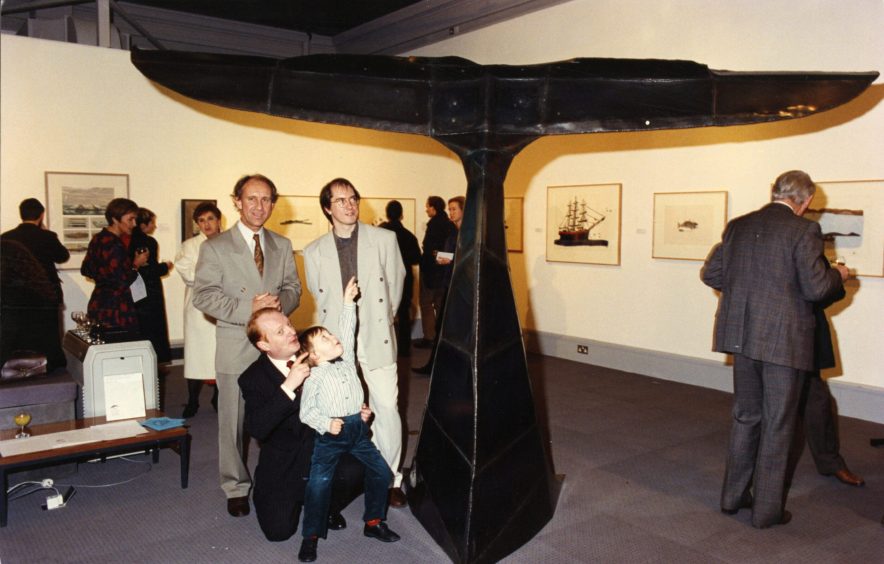
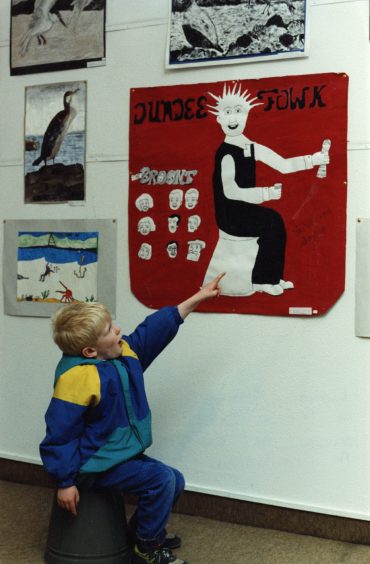
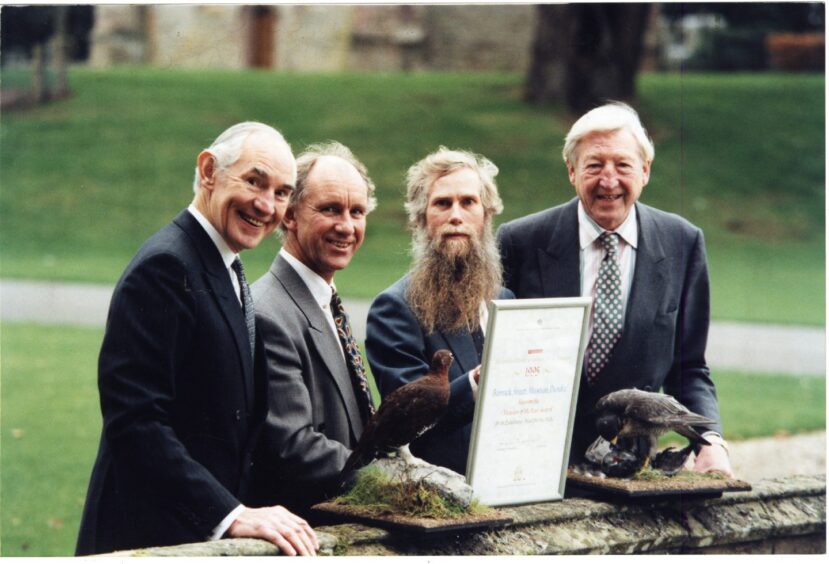
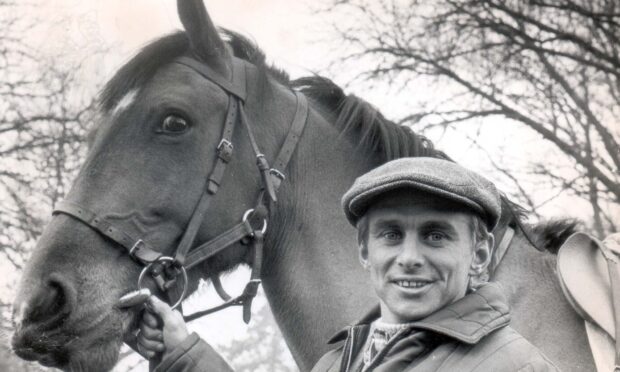
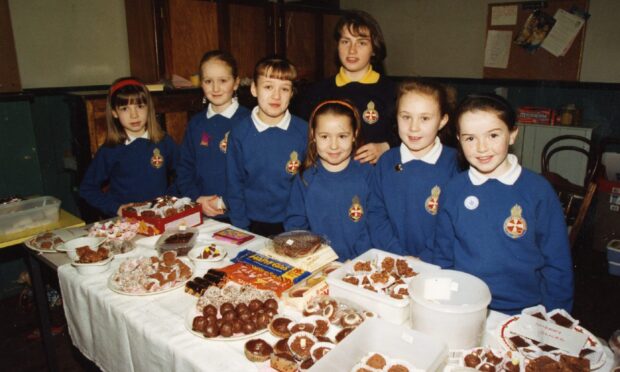
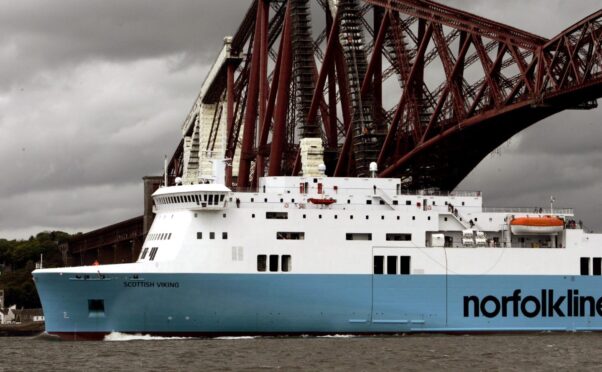
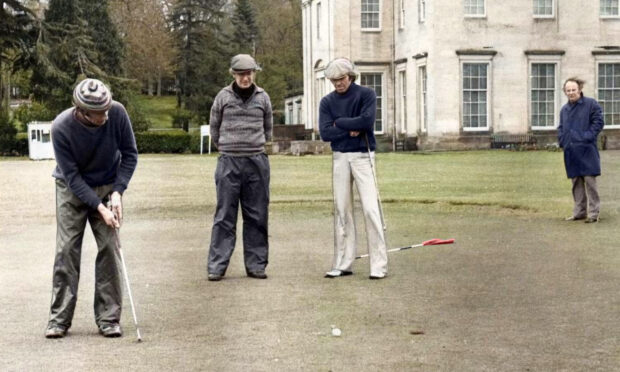
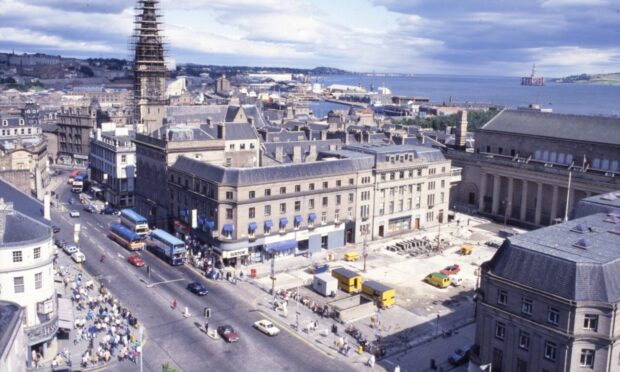

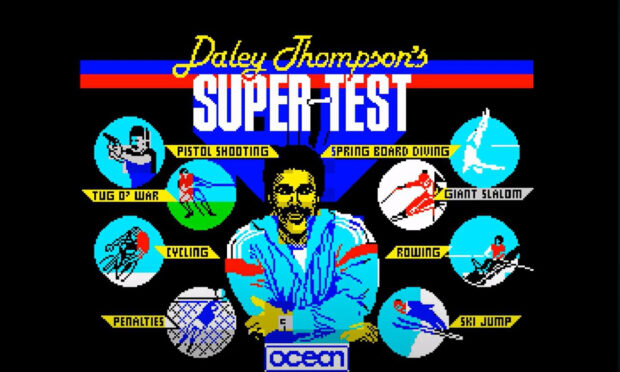
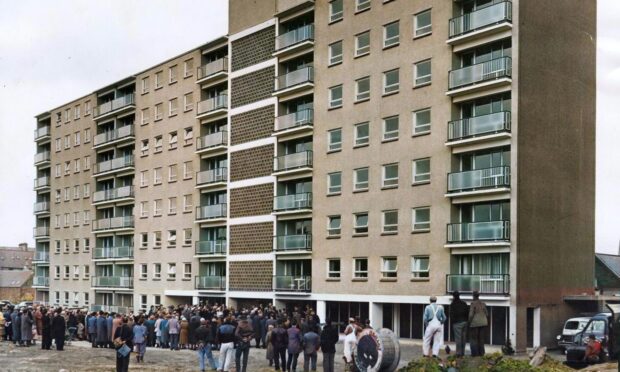

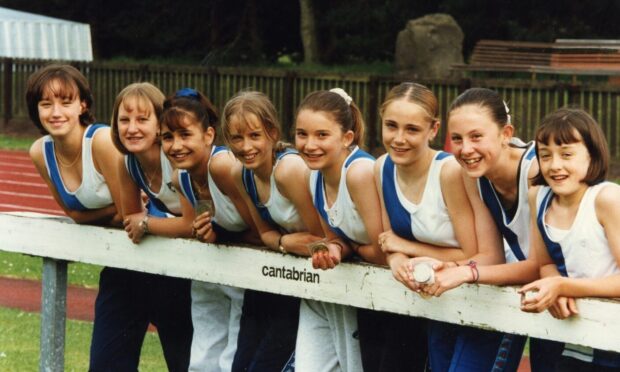
Conversation